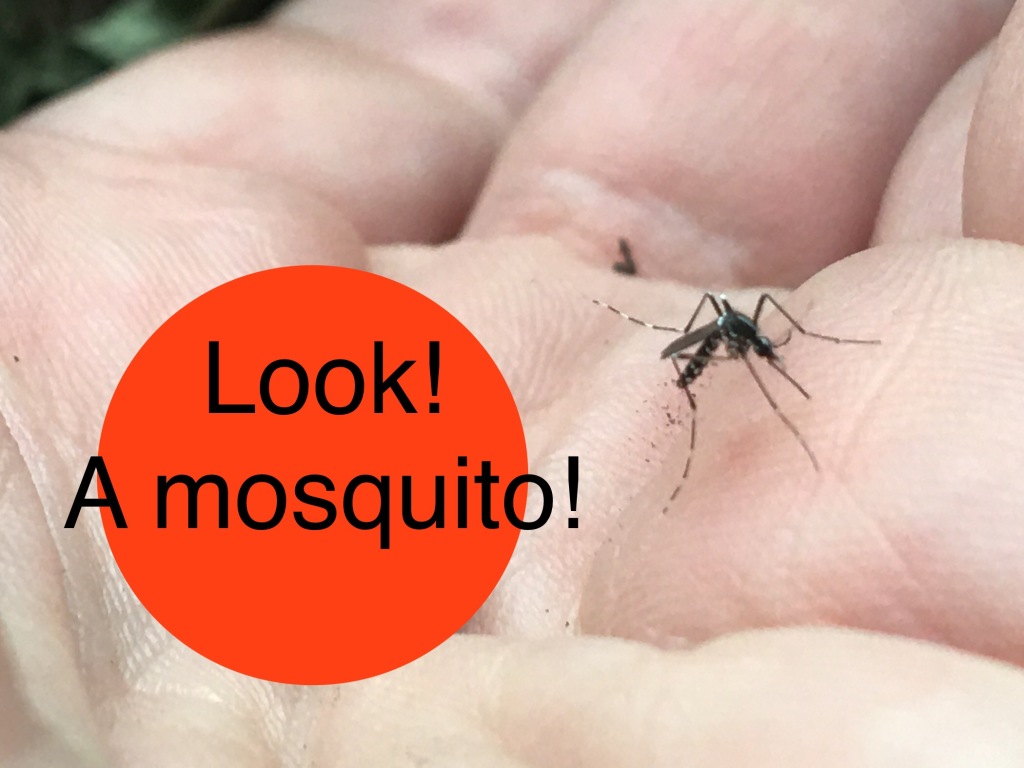
My short, personal essay “What White Tree is Blooming Now” from 2018 has just been archived online, thanks to The Hopper, an environmental literary magazine. And the timing could not be more perfect…
Here’s the first bit, to test if you’d like to read more:
Continue reading “What White Tree is Blooming Now”It started. The procession of trees. The trees don’t move, but the white does: white tree blossoms, from species to species.
First, in late February and if not charred by sleet, come white flowers of star magnolia.
Stinky Bradford pears are next, trees so ubiquitous in corporate landscapes (and invasive in natural ones) that when they froth white, even people who don’t notice trees notice.
Then, dogwood. Everyone loves dogwood.
Serviceberry, hawthorn, black cherry, yellowwood, black locust, and so on, week by week of the rolling spring, one white tree bloom after the other. It won’t stop till summer, and by then, who is watching? By then, Nashville is a weedy jungle and we stay inside to escape the chiggers.But I’ll be watching. The procession is important. There are rules: only white, only trees, and only where I can see them while I go about my business.








